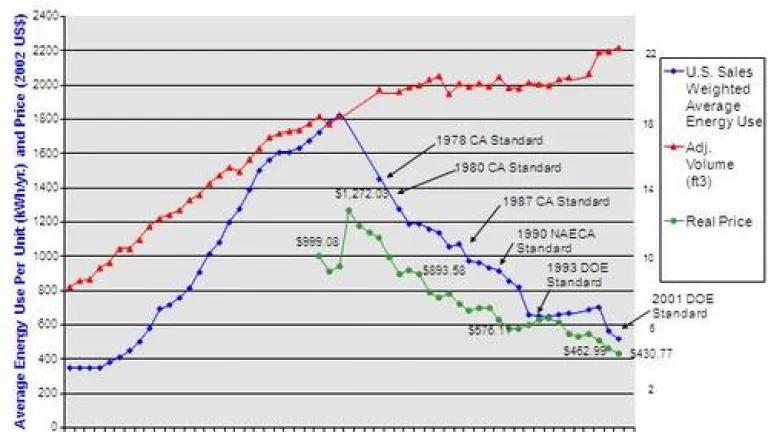
Is Information Technology (IT) going to save or bake the planet? Over the past few years, an increasing number of voices from industry have risen to argue that IT's beneficial environmental effects vastly outweigh the direct environmental impact of the electricity it consumes.
The argument for IT’s benefits is that it can be used to increase energy and resource efficiency, for example with smart grid and smart building technologies. It can also be used to substitute carbon-intensive activities by lower carbon ones, such as replacing business travel by video conferencing and printed information by online content. And consumer electronics devices such as laptops, tablets and smart phones enable users to access and participate in the digital economy, a model which could potentially support economic growth with lower or even negative resource consumption growth. The Smart2020 report estimates that IT can save the equivalent of five times its own greenhouse gas emissions by 2020.
As the new NRDC advocate for energy efficiency in electronics, and having spent 20 years in the IT industry, I strongly support and encourage information technology’s potential to increase energy efficiency and help transition towards a low-carbon economy. However this should not eclipse the fact that IT also consumes a significant and fast growing amount of electricity. I believe we need to do both: leverage IT’s power to transform the way we live and work, AND increase efficiency of computers and the internet.
IDC projects that over 350 million PCs will be sold worldwide in 2010, and the Smart2020 report also estimates that the global PC installed base, including desktops, laptops, netbooks, tablets, will grow from about 1 billion in 2007 to approximately 4 billion by 2020. In addition to their own footprint, most of these devices will be connected to the internet to use so-called “cloud” services, and will therefore be responsible for a share of the internet’s footprint. The explosion in the number of PCs and the associated growth of the internet infrastructure supporting them continue to make energy efficiency of computers and the internet a critical priority.
Energy efficiency of computers has been increasing steadily over the past decades and we can expect this trend to continue. But this does not happen by itself, it requires a sustained effort by all stakeholders such as:
- Industry, to invest in energy efficiency research and development, and to provide leadership in steering the market to adopt the more energy efficient equipment available
- Governments to set voluntary and mandatory standards to enable market transformation
- Consumers to demand more energy efficient devices and purchase them when available
- Advocates to provide independent analysis, expertise and leadership to facilitate the discussion between stakeholders and ensure progress
- All of these stakeholders, to develop standards and test protocols to allow energy efficiency to be compared between competing products and used as a basis for consumer choice and business specification.
Without these efforts, past experience shows that market forces and technology trends by themselves are not sufficient to capture energy efficiency opportunities in information technology at the pace required to meet IPCC climate change targets: this is due to well known market failures, such as lack of awareness by consumers and low electricity prices not including externalities.
One of the best-known examples of how standards can turn around energy efficiency where market forces fail to do so is that of refrigerators in the U.S. The refrigerator energy graph below shows how U.S. refrigerator energy use was going through the roof until 1978 when efficiency standards were first implemented. Note how much efficiency has improved since then while size and performance have continued to increase and price have steadily declined:
David Goldstein provides an expert perspective of how efficiency standards work in his new book Invisible Energy.
While computers have already become much more energy efficient over the past decade, they still present considerable untapped opportunities to further reduce their energy consumption, from more efficient power supplies, processors and disks, to smarter operating systems, application software and communications protocols.
A large part of the electricity that goes into each computer is still wasted as heat. Typical servers in data centers run at 5 to 15 percent utilization only, while still using more than 60 to 90 percent of maximum system power (see EPA report to Congress on Data Center Energy Efficiency). Servers and networking equipment in data centers represent the majority of the internet’s greenhouse gas footprint. We cannot ignore this opportunity to contribute to GHG emissions reductions.
The good news is that current best-in-class technologies, such as high efficiency power supplies and ultra-low voltage processors, present numerous opportunities to reduce IT energy use, at costs well below the energy savings over the lifetime of the equipment. To capture these opportunities at scale we need smart energy efficiency policies to send the right market signals and align business and environmental interests. So energy efficiency is not about using less IT, but about using more efficient IT to make the economy more efficient. Information technology can help save the planet without baking it!
